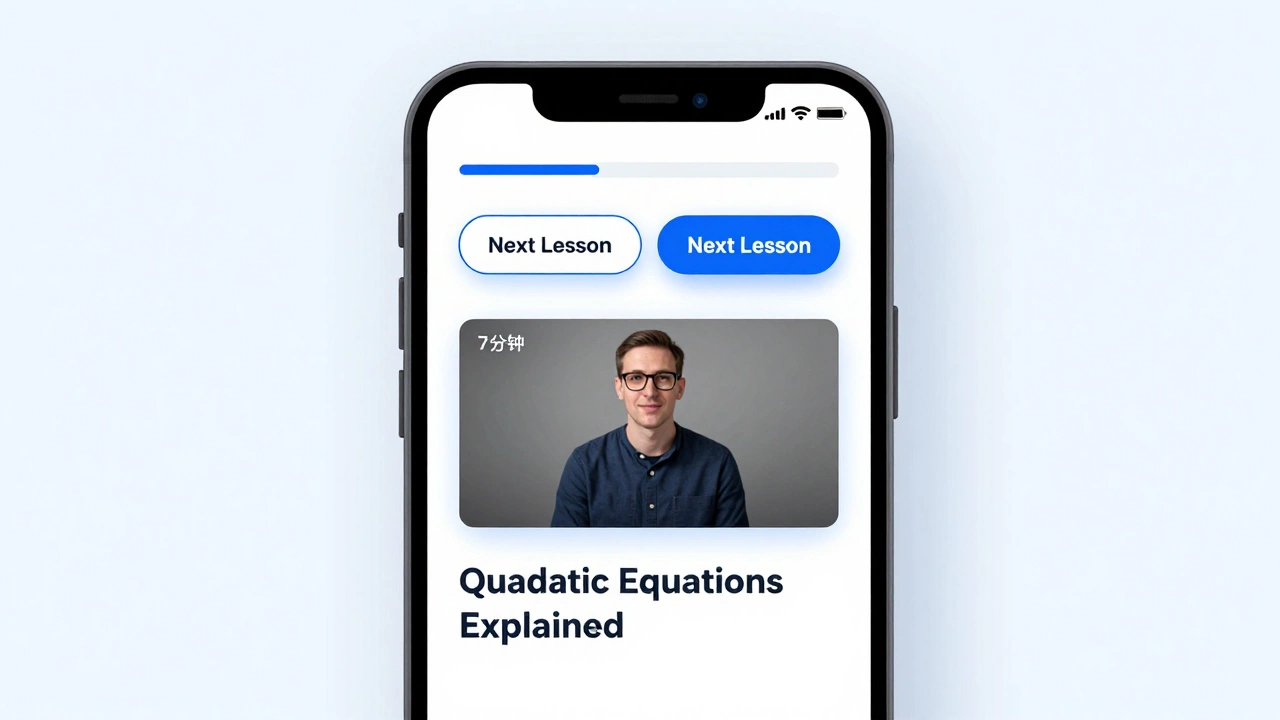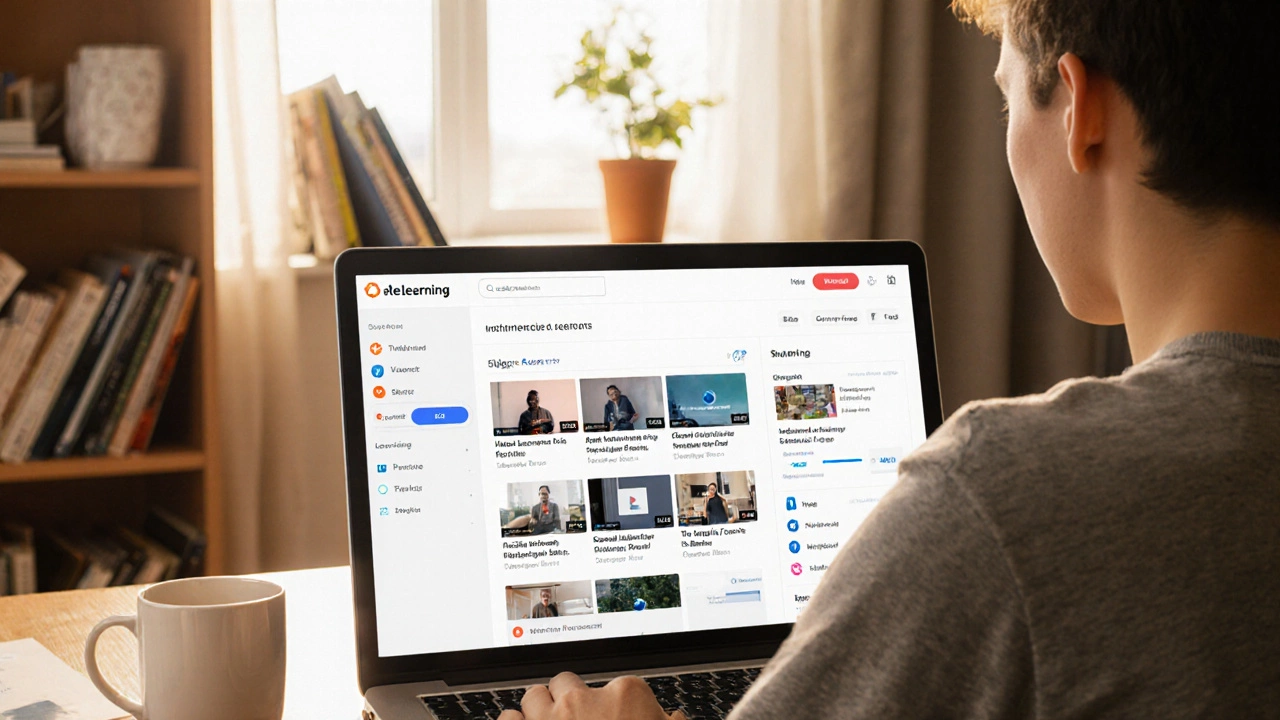Digital Education: Trends, Tools & Learning Paths for 2025
When talking about Digital Education, the use of digital technology to deliver, support, and enhance learning experiences. Also known as e‑learning, it bridges traditional classrooms with internet‑based resources, making learning flexible and accessible.
One major pillar of digital education is Online Learning Platforms, websites or apps that host courses, certifications, and interactive content for learners of all ages. These platforms enable self‑paced study, often with video lectures, quizzes, and peer forums. Another key component is Virtual Classrooms, real‑time, video‑enabled spaces where teachers and students interact live, share screens, and collaborate on projects. Finally, Educational Apps, mobile tools that focus on specific skills like language practice, coding drills, or exam prep round out the ecosystem, giving learners bite‑size practice on the go.
Why Digital Education Matters Today
Digital education encompasses online learning platforms because they provide the backbone for content delivery. It requires reliable internet connectivity to stream video lessons, download resources, and sync progress across devices. In turn, reliable connectivity enables virtual classrooms to function smoothly, allowing real‑time interaction that mimics a physical classroom. Educational apps influence digital education by offering micro‑learning moments that keep knowledge fresh between longer study sessions. Together, these elements create a learning loop where resources, interaction, and practice reinforce each other.
For anyone eyeing a new career or upskilling, the blend of these tools matters. Want to boost your MBA salary? Our guide on the highest‑paying MBA specializations walks you through the latest market data, and you can enroll in the recommended online courses on platforms like Coursera or Udemy. Thinking about coding? Check out the salary guide for developers and the free coding roadmaps that list the best self‑paced courses and practice apps. If language fluency is your goal, the top English‑speaking apps for 2025 are reviewed with hands‑on tips, and the best free options are highlighted for budget‑conscious learners.
Each of these articles taps into the same digital education framework: they suggest a platform, a type of content, and a supplemental tool (like an app or a virtual workshop) to help you apply what you learn. This interconnected approach reflects how modern learners move between long‑form courses, live sessions, and quick‑fire app drills to master a skill.
Beyond career‑focused guides, we also cover broader questions about the education system. Comparing India’s and the USA’s education models, dissecting vocational versus academic pathways, and looking at the toughest subjects all benefit from digital resources. With the right platform, you can explore rankings, watch expert interviews, and test your knowledge through interactive quizzes—all within the digital education space.
As you scroll down, you’ll find a curated mix of articles that dive deep into salary trends, platform comparisons, study strategies, and real‑world success stories. Whether you’re a fresh graduate, a mid‑career professional, or a student planning your next exam, the resources here are organized to help you pick the right tool, set a realistic plan, and track your progress using the digital education ecosystem.
Ready to see how these trends translate into actionable advice? Below you’ll discover the full collection of posts that break down everything from online course pricing to the hardest coding challenges, all framed within the digital education landscape.
What Makes a Good Digital Platform for E-Learning?
A good e-learning platform isn't about fancy tech-it's about simplicity, interaction, and real feedback. Learn what truly keeps learners engaged and helps them succeed.
How eLearning Works: A Simple Guide to Online Learning
Discover how eLearning delivers education online, its core components, delivery flow, benefits, challenges, and how to pick the right platform.

